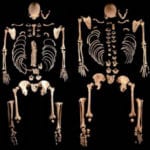 Technology
Technology  Technology
Technology  Misconceptions
Misconceptions 10 Hilarious (and Totally Wrong) Misconceptions About Childbirth
 Weird Stuff
Weird Stuff 10 Warning Labels That Exist Because Someone Actually Tried It
 Health
Health Ten Confounding New Inventions from the World of Biomedicine
 Creepy
Creepy 10 Death Superstitions That Will Give You the Creeps
 Movies and TV
Movies and TV 10 Movies That Get Elite Jobs Right, According to Experts
 Weird Stuff
Weird Stuff 10 Times Real Laws Were Based on Bizarre Hypotheticals
 Animals
Animals 10 Inspiring Tales of Horses Being Human
 Mysteries
Mysteries Top 10 Haunting Facts About the Ghost Ship MV Alta
 History
History 10 Surprising Stories About the Texas Rangers
 Technology
Technology 10 Awesome Upgrades to Common Household Items
 Misconceptions
Misconceptions 10 Hilarious (and Totally Wrong) Misconceptions About Childbirth
 Weird Stuff
Weird Stuff 10 Warning Labels That Exist Because Someone Actually Tried It
Who's Behind Listverse?

Jamie Frater
Head Editor
Jamie founded Listverse due to an insatiable desire to share fascinating, obscure, and bizarre facts. He has been a guest speaker on numerous national radio and television stations and is a five time published author.
More About Us Health
Health Ten Confounding New Inventions from the World of Biomedicine
 Creepy
Creepy 10 Death Superstitions That Will Give You the Creeps
 Movies and TV
Movies and TV 10 Movies That Get Elite Jobs Right, According to Experts
 Weird Stuff
Weird Stuff 10 Times Real Laws Were Based on Bizarre Hypotheticals
 Animals
Animals 10 Inspiring Tales of Horses Being Human
 Mysteries
Mysteries Top 10 Haunting Facts About the Ghost Ship MV Alta
 History
History 10 Surprising Stories About the Texas Rangers
10 Clever Methods To Date The Human Past
Based on his expertise on ancient documents and biblical genealogies, the Irish Archbishop James Ussher (1581–1656) estimated that our planet was created in the morning of October 23, 4004 BC. Our understanding of world chronology has come a long way since Ussher’s times, thanks to many of the clever dating methods we have developed.
10Linguistic Dating

As time goes by, two geographically isolated communities that speak the same language will display differences in the way they talk. After a few generations, language change becomes more significant. After thousands of years, we’re most likely faced with two related but totally independent languages.
Linguistics can date text on documents, pottery, building walls, and numerous other surfaces. Many important ancient texts have been dated on the basis of linguistic comparison, such as the Zoroastrian Avesta, which is believed to have been written somewhere between 1200–1500 BC based on linguistic similarities with the Indian Vedas.
9Tree-Ring Dating (Dendrochronology)

Most tree species produce new wood each year, resulting in rings of growth that can be easily detected in a cross-section of its trunk. By matching ring sequences from living trees of different ages, it is possible to create a long tree-ring sequence for hundreds, sometimes even thousands of years back in time.
In Alchester, north of Oxford in England, the remains of a Roman fort was uncovered by archaeologists. Thanks to the soil conditions, two large timbers that supported the gate structure survived. Dendrochronological analysis established that both trees were cut between October in the year 44 and March in the year 45, a date consistent with historical data, since the Roman conquest of Britain dates to AD 43.
8Seriation Dating
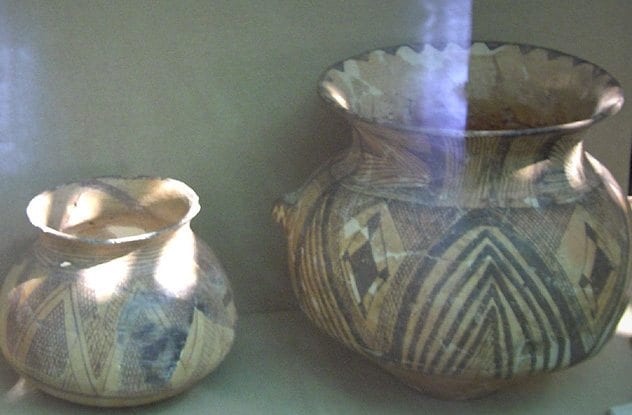
Many of us can mentally arrange most human creations in a chronological sequence. Archaeologists can do the same with past artifacts. Creations coming from a particular place and time display a distinctive style.
Pottery styles seriation is the foundation of many chronological sequences. Most human cultures later than 8000 BC possess a distinctive ceramic style. In Greece, for example, the Black Figure pottery style (black figures on red background) was dominant from 625 BC until 530 BC, when it became replaced by the Red Figure pottery (red figures on black background). A fragment of Greek Black Figure pottery found in an archaeological context may indicate that the context is no earlier than 625-530 BC.
7Thermoluminescence

Thermoluminescence (TL) can be applied to crystalline materials buried in the ground that have been previously exposed to fire, such as pottery. During a TL test, pottery is heated up, releasing trapped energy in the form of light. This light is measured, revealing the amount of time since the formation of the crystal structure.
From the moment the vessel was fired until the moment it is analyzed, the vessel had been absorbing radiation from the nearby environment. This energy is trapped and accumulated in the pottery’s mineral structure. For an accurate reading, archaeologists have to measure the radiation level at the exact place where the sample was found in the soil. This radiation level is not representative of the radiation level to which the sample was exposed prior to being buried, which is why TL dating has a precision of plus or minus 10 percent and it is often cross referenced with other dating methods.
6Electron Spin Resonance
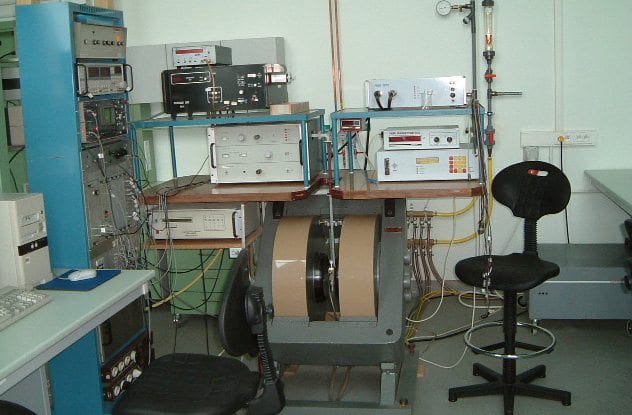
Like TL, Electron Spin Resonance (ESR) also measures trapped energy. Unlike TL, the ESR test does not heat up the sample, which makes it suitable for materials that decompose when exposed to high temperatures.
ESR is typically used to date tooth samples. Once buried, tooth enamel begins to accumulate energy derived from background radiation. The precision of ESR dating is plus or minus 10–20 percent. Although this figure might seem inaccurate, ESR can provide valuable results for the study of early humans, where we often deal with figures of hundreds of thousands of years.
5Chronologies And Calendars
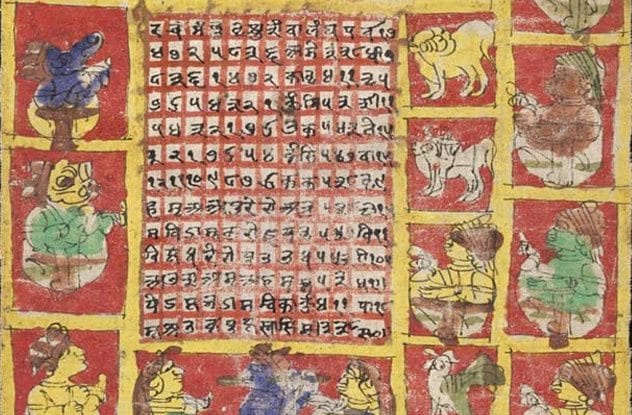
The dating of the most recent human past used to be largely based on historical chronologies, records and calendars left behind by past civilizations. But ancient calendars tend to run based on a local timekeeping system, normally aligned to a succession of local kings or ruling dynasties. The only way to make these calendars meaningful is to link them with our own calendar.
When two or more of these societies become in touch, we can sometimes find the same events recorded in two independent timekeeping systems, which allows us to align these different calendars. Alexander’s conquest of Egypt in 332 BC, for example, aligns Egyptian and Greek timekeeping systems.
4Cross-Dating
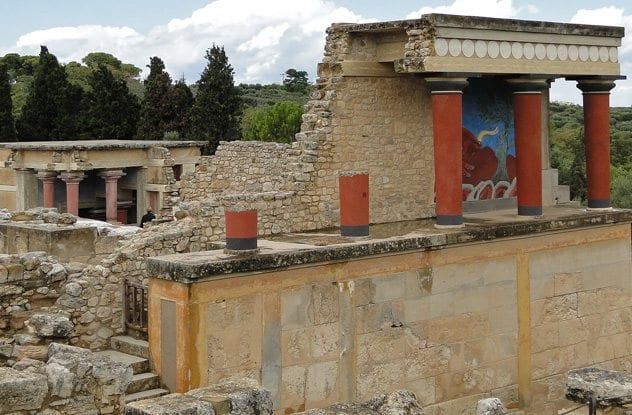
Before modern dating scientific techniques were developed, cross-dating was applied when artifacts from a known sequence coming from a historically dated region was found in areas for which we did not have any reliable chronological information.
While excavating the Palace of Knossos in the Greek island of Crete, several imported Egyptians items dated to 1500 BC were retrieved. This, combined with several examples of Cretan pottery found in Egyptian archaeological contexts of around 1900 BC, allowed archaeologists to extend Egyptian chronology into Crete.
3Radiocarbon Dating
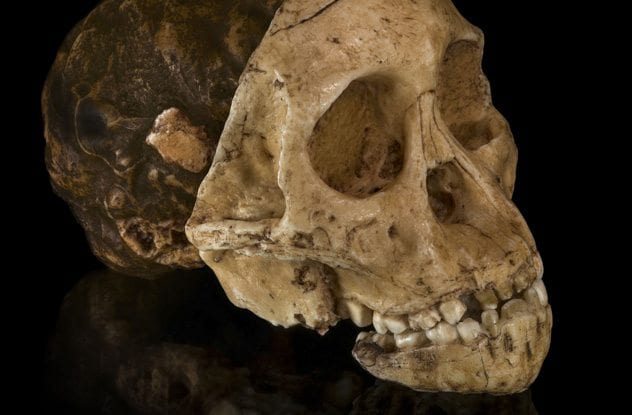
Although the atom of carbon normally has six neutrons in its nucleus (carbon-12), we are surrounded by a small quantity of carbon containing eight neutrons (carbon-14). Carbon-14 is a high energy, unstable atom and tends to decay. The amount of carbon-14 in a given sample will be reduced to half (this is known as half-life) approximately every 5,700 years.
When an organism dies, the exchange of energy and matter stops, and it can no longer incorporate carbon-14 in its tissue. As time goes by, the amount of carbon-14 is reduced, and because we know the rate at which this loss takes place, we can estimate the time elapsed based on the reading of carbon-14 concentration.
This technique can be applied to almost any organic material (human remains, charcoal, plant remains, etc.). One limitation is the age of the sample: Material older than 70,000 years old do not have enough carbon-14 concentration to allow a precise reading. The same happens with samples that are too recent because the concentration of carbon-14 might be too high.
2Potassium-Argon Dating
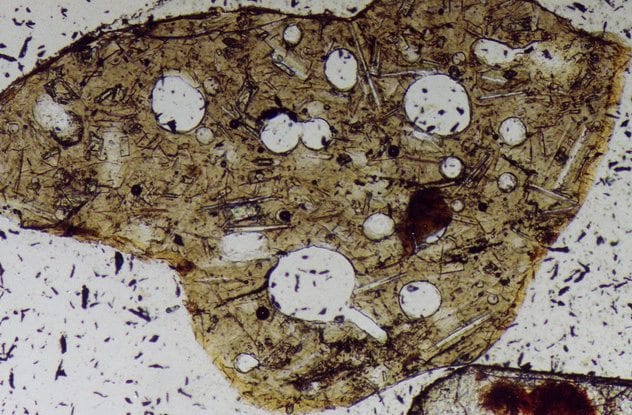
Radiocarbon dating applied to East African hominin fossils did not produce any results, which suggested the remains of the earliest members of our human evolutionary tree were older than 70,000 years old. Archaeologists sought the help of geologists and a dating method known as Potassium-Argon dating.
Potassium-40 is a radioactive isotope that decays into argon-40, an inert gas. When new volcanic rock is formed, its content of argon-40 is emptied as the gas escapes. Its half-life is about 1.3 billion years. A reading of the relative number of potassium-40 and argon-40 atoms in a volcanic rock sample can be translated into the amount of time elapsed since the formation of the rock.
Many important archaeological sites where early hominins were found are located in areas abundant in volcanic rock. Sometimes, hominin remains are found within a geological layer that can be dated using the potassium-argon technique and some other times they are sandwiched between layers of volcanic rock that can be also dated with this dating method.
1Stratigraphy

As archaeologists conduct an excavation, they expose and study the stratification of the soil (the multiple layers of soil underneath the surface). If no evidence of either human or natural disturbance is found, it is assumed that the underlying layers were deposited prior to the overlying layers.
Stratification only tells us a relative chronological sequence from the earliest bottom layers to the newest archaeological deposits on the top. Some of the material we retrieve from these layers will be suitable for absolute dating. We may find organic material (e.g. bones) suitable for radiocarbon dating or maybe pottery fragments suitable for a Thermoluminescence test. In those cases, we can establish a date for all other items found in the same layer.



